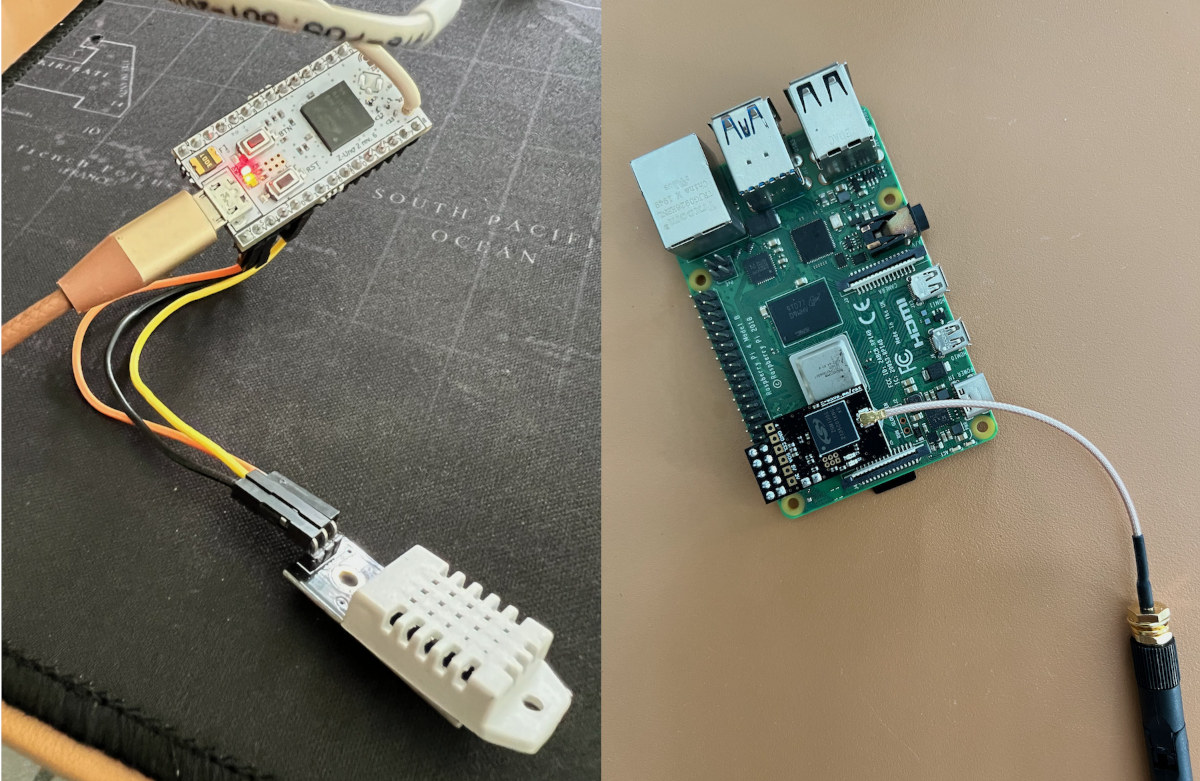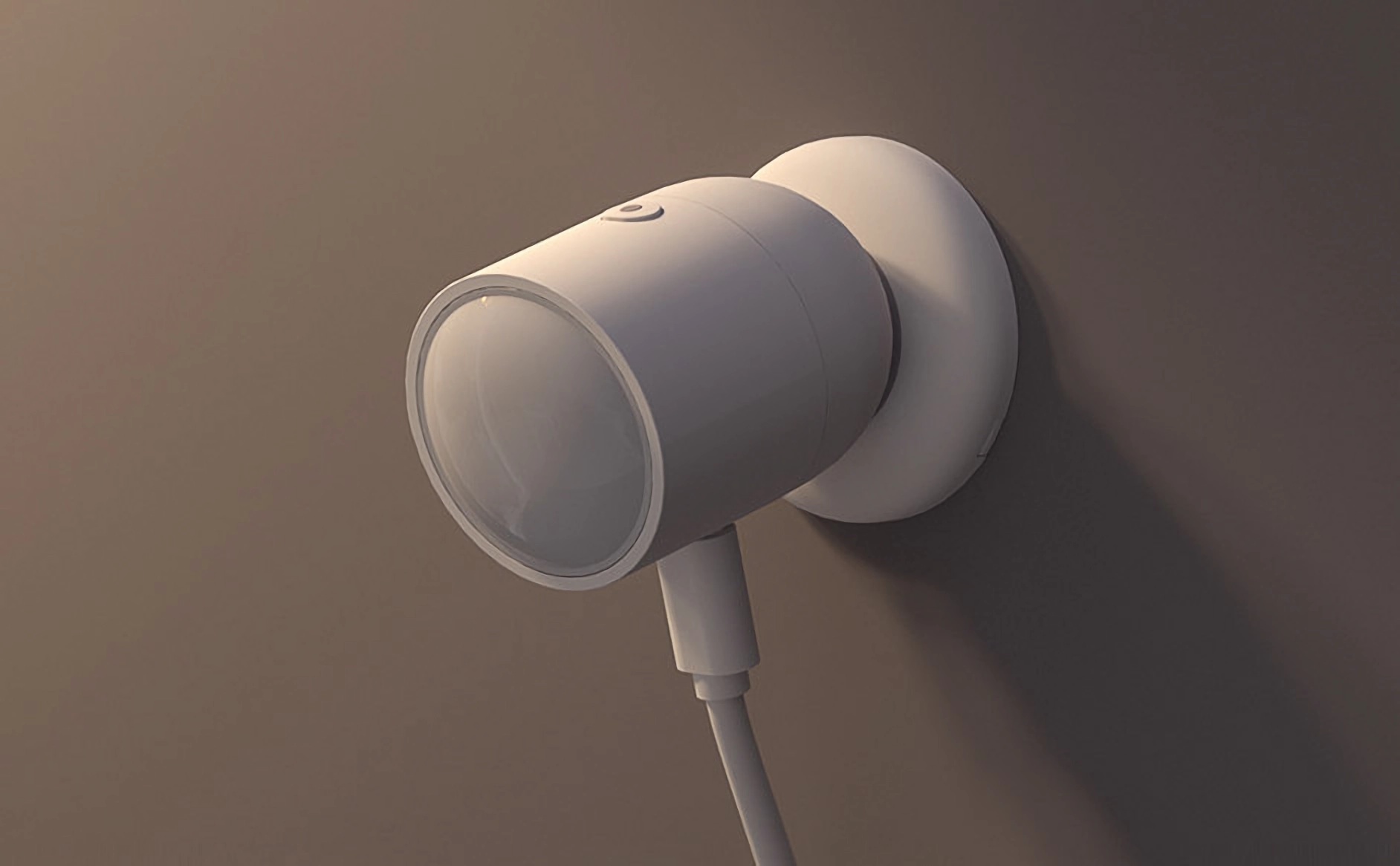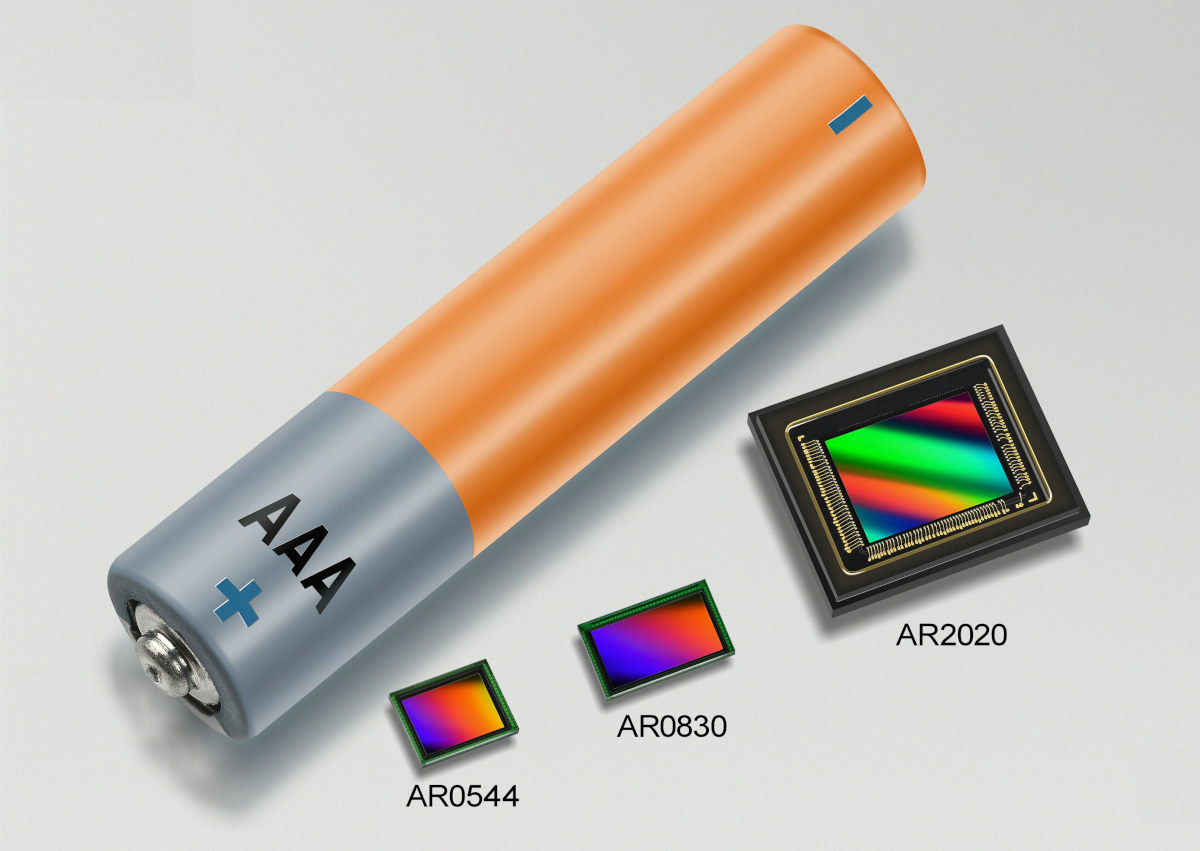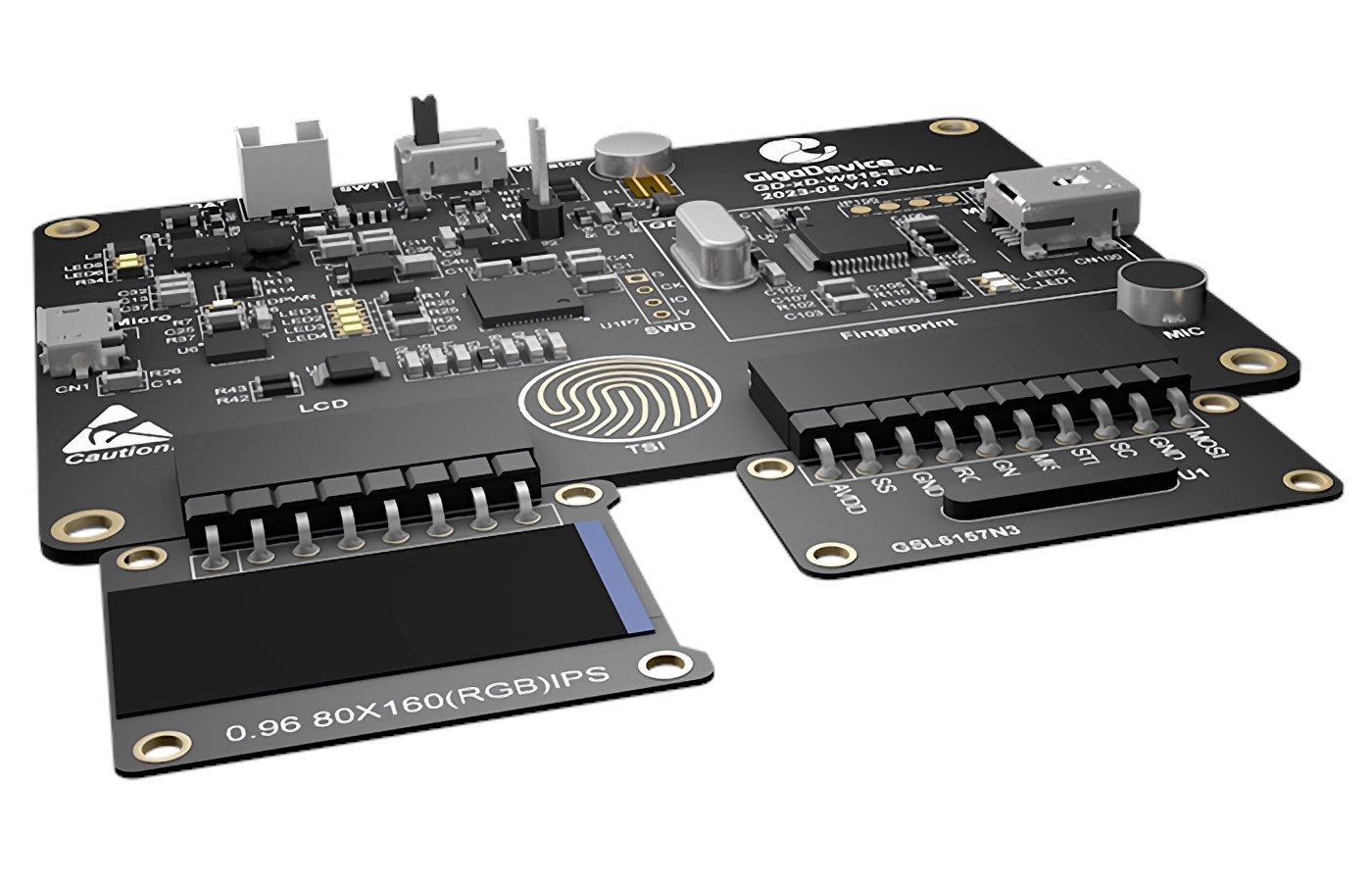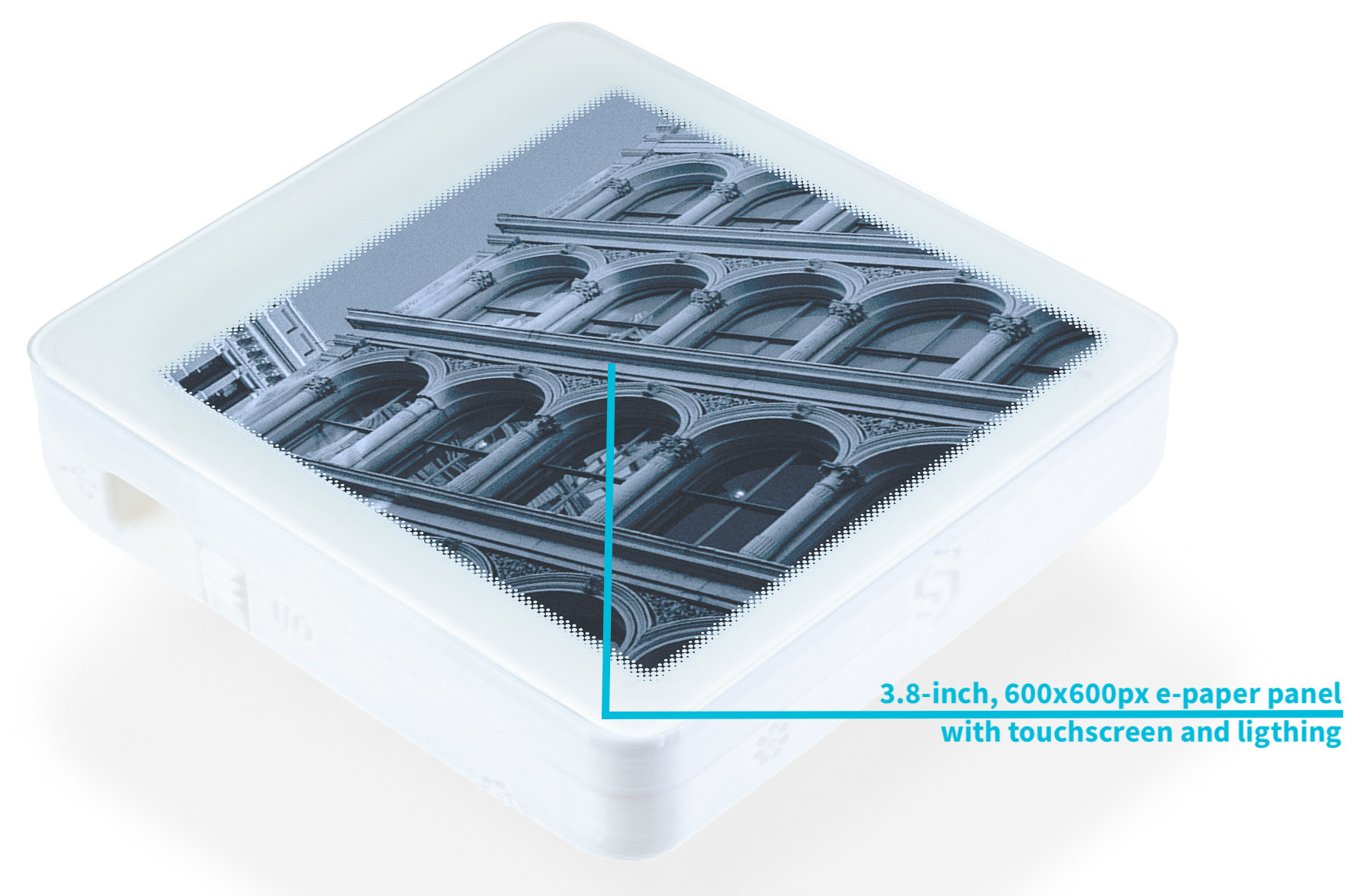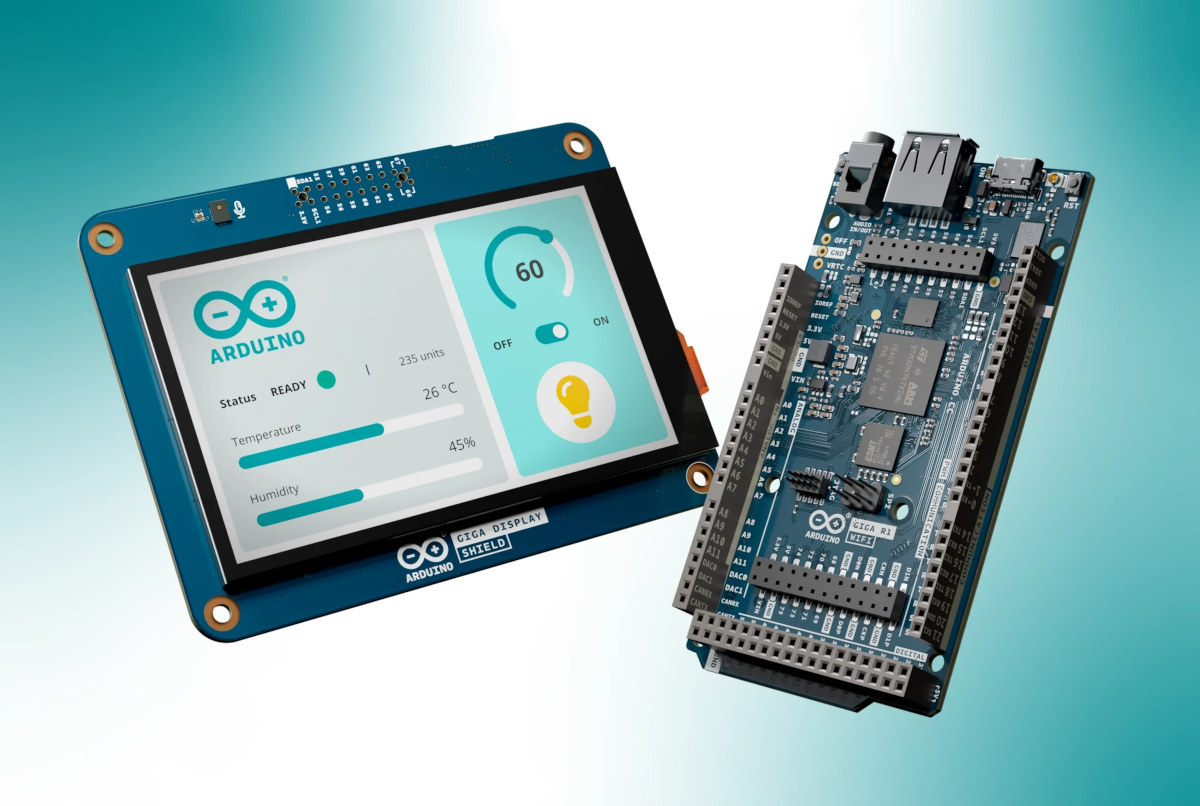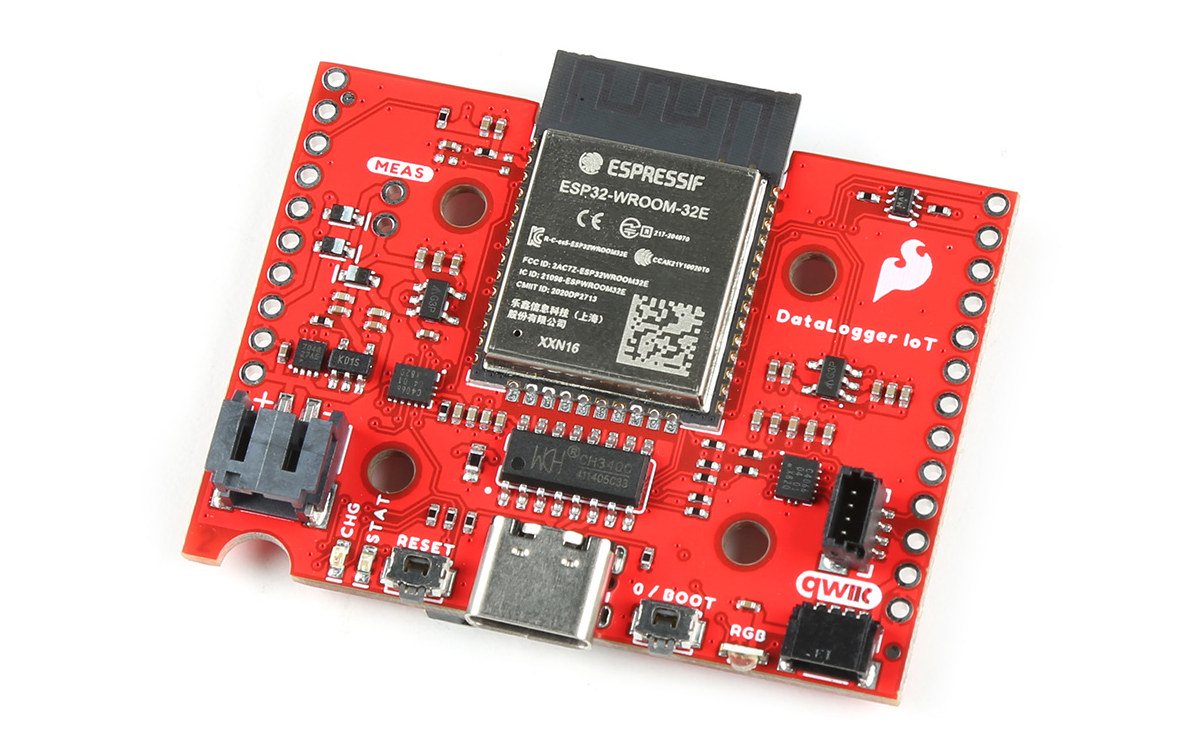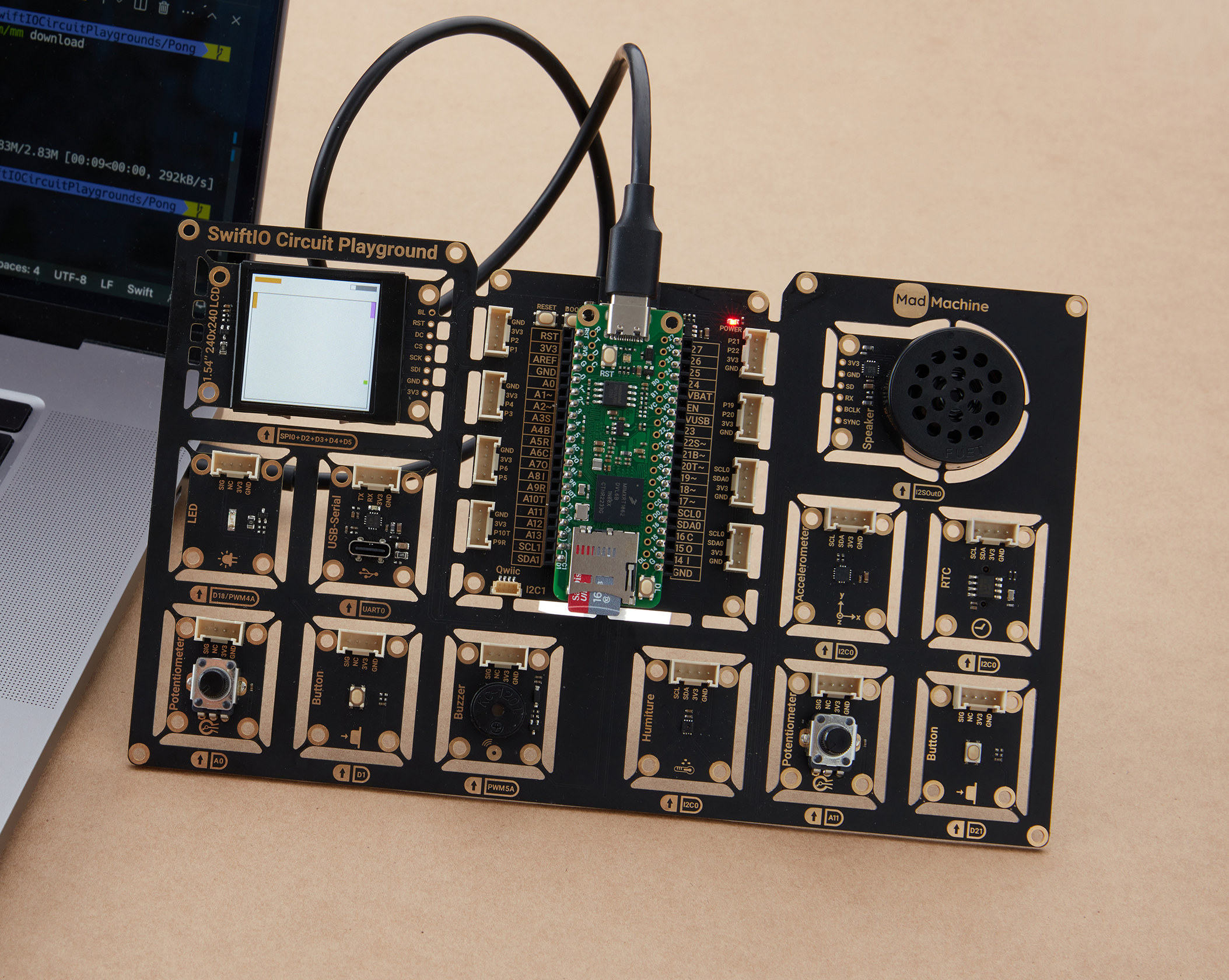Z-Wave.Me has sent us a couple of Smart Home devices based on Z-Wave technology for review, namely the RaZberry 7 Pro Raspberry Pi HAT and the Z-Uno2 board. The Swiss company has primarily developed Z-Wave products for years and is a member of the Z-Wave Alliance. For those who are concerned about the issues of signal interference in the 2.4GHz range (WiFi, Zigbee, Bluetooth, and Thread), Z-Wave technology is an excellent choice because it operates on a less congested frequency range of 800-900MHz and the technology has been around for more than 20 years, resulting in a wide variety of Z-Wave devices available in the market, and they can work well together across different brands due to a proper certification process which is another advantage when compared to other protocols. The two devices we received are RaZberry 7 Pro, which is a shield that plugs into the 40-pin GPIO header […]
SONOFF SNZB-06P Zigbee human presence sensor is based on a 5.8GHz microwave radar
ITEAD has launched a new Zigbee sensor with the SONOFF SNZB-06P designed to detect human presence using a 5.8GHz microwave radar whose main advantage over a traditional PIR motion sensor is the ability to detect stationary persons since this type of sensor can detect breathing. You’ll need a Zigbee Hub from SONOFF such as the NSPanel Pro or SONOFF iHost, or from other manufacturers, for instance, the Amazon Echo Plus 2nd generation, or simply use a Zigbee USB dongle such as the SONOFF ZBDongle-E connected to a host like a Raspberry Pi. Configuration and control is done through the usual eWelink app for Android or iOS. SONOFF SNZB-06P specifications: MCU – Silicon Labs EFR32MG22 wireless microcontroller Human presence sensor 5.8GHz microwave radar Sensitivity configurable from 2.5 meters to 4 meters Wireless – Zigbee 3.0 (router type) up to 30 meters Misc – Red LED, magnetic base, button Power Supply – […]
Tiny low-power Hyperlux LP camera sensors can extend battery life by up to 40%
onsemi has introduced the Hyperlux LP image sensor family for battery-powered industrial and commercial cameras with resolutions from 5MP to 20MP and a low power consumption that can extend battery life by up to 40% based on the company’s internal testing. Three models of the 1.4 µm pixel sensors will initially be offered: the 5MP AR0544, the 8MP AR0830, and the 20MP AR2020. Those camera sensors should eventually be found in a wide range of products such as smart doorbells, security cameras, AR/VR/XR headsets, devices leveraging machine vision, and video conferencing. The AR2020 is a 1/1.8inch Back-Side Illuminated (BSI) Stacked CMOS digital image sensor with a 5120 x 3840 active pixel array with a rolling shutter readout and capable of capturing images in either linear or enhanced Dynamic Range (eDR) modes. Its smaller siblings support the same features, but the AR0830 is a 1/2.9-inch image sensor with a 3840 […]
GigaDevice GD-xD-W515-EVAL board features GD32W515 Cortex-M33 MCU, a fingerprint scanner, and an LCD module
GigaDevice GD-xD-W515-EVAL is a new “all-in-one” Cortex-M33 evaluation kit comprised of a GD32W515 mainboard, a fingerprint board, and an LCD board powered by either a battery or the Mini-USB interface of the GD-Link programmer. The devkit is mainly used to evaluate various chips from the company, namely the 180 MHz GD32W515PIQ6 Cortex-M33 microcontroller, the GD25Q128E SPI NOR flash, the GSL6157 capacitive fingerprint Sensor, the GD30BC2416 battery management IC, and the GD30LD1002 power management chip. GigaDevice GD-xD-W515-EVAL board specifications: MCU – Gigadevice GD32W515PIQ6 Core – Arm Cortex-M33 microcontroller clocked at up to 180 MHz with Arm TrustZone support Memory – 448KB SRAM Storage – 2048KB flash Wireless – 2.4 GHz WiFi 4 (802.11b/g/n), but somehow not used in the development board… I/Os – Up to 43x GPIOs, 3x USART, 2x I2C, 2x SPI, USB 2.0 FS, I2S, etc… Package – QFN56 Storage – 128Mbit SPI NOR Flash (GD25Q128E) Display – 0.96-inch […]
Inkplate 4 TEMPERA ePaper display supports ESPHome, Arduino, and MicroPython (Crowdfunding)
Years after years, Soldered Electronics keeps on churning out new ESP32-powered ePaper displays and the latest model is the Inkplate 4 TEMPERA with a recycled 3.8-inch e-paper touchscreen with 600×600 resolution and plenty of sensors and features for a device of that size. The InkPlate 4 TEMPERA comes with a frontlight, a gyroscope, an accelerometer, temperature, humidity, air quality, and gesture sensors, Wi-Fi and Bluetooth connectivity, a built-in battery, and a low-power operating mode. Inkplate 4 TEMPERA specifications: Wireless module – ESP32-WROVER-E with ESP32 dual-core microcontroller with Wi-Fi 4 & Bluetooth 4.0 connectivity Memory – 8MB PSRAM Storage – 4MB flash PCB antenna Storage – MicroSD card slot Display (ED038TH2) 3.8-inch 3-bit grayscale (black, white, and six shades of gray) ePaper display with 600 x 600 pixels resolution Refresh rate 0.18s partial refresh rate in 1-bit (B&W) mode 0.86s full refresh mode in either 1-bit or 3-bit modes Multi-point touchscreen […]
Arduino GIGA R1 WiFi board gets touchscreen display shield
The Arduino GIGA Display Shield is a 3.97-inch RGB touchscreen display designed for the Arduino GIGA R1 WiFi board introduced a few months ago with an STM32H7 dual-core Cortex-M7/M4 microcontroller and a Murata 1DX module for WiFi 4 and Bluetooth 5.1 connectivity. Besides featuring an 800×480 touchscreen display, the new shield offers some other features such as an MP34DT06JTR digital microphone, a Bosch BMI270 six-axis IMU, a 20-pin Arducam camera connector, and an RGB LED. Arduino GIGA Display Shield (ASX00039) specifications: Display – 3.97-inch touchscreen display with 800×480 resolution (model: KD040WVFID026-01-C025A), 16.7 million colors, 5-point touch, connected over I2C Camera I/F – 20-pin ArduCam camera connectors Sensors Bosch SensorTech BMI270 6-axis IMU with 16-bit tri-axial gyroscope and a 16-bit tri-axial accelerometer STMicro MP34DT06JTR MEMS microphone Misc -1x RGB LED (I2C) Supply Voltage – 3.3V Dimensions – 106 x 80 mm The new shield can be mounted to the GIGA R1 […]
Sparkfun launches cheaper no-code “DataLogger IoT” board compatible with Qwiic modules
Last May, SparkFun introduced the “Datalogger IoT – 9DoF” no-code platform with support for over 50 Qwiic sensor modules and a built-in 9-axis IMU sensor and magnetometer. Taking into consideration that some users may not make use of the built-in sensors, the company decided to launch a cheaper version called the “DataLogger IoT” that can still get data from Qwiic sensor and GPS modules without any programming thanks to the “no-code” Arduino firmware preloaded on the ESP32-WROOM-32E module. SparkFun DataLogger IoT specifications: Wireless module – ESP32-WROOM-32E with: ESP32 dual-core microcontroller 4MB flash 2.4 GHz WiFi and Bluetooth LE connectivity, built-in PCB antenna Storage – MicroSD card slot USB – 1x USB Type-C port for power and configuration via CH340C Expansion – 2x Qwicc I2C connectors for sensors and/or GPS module Misc Boot and Reset buttons Status and charging LED, WS2812 RGB LED Jumpers to enable/disable LEDs, I2C pull-up resistors, and […]
SwiftIO Circuit Playground relies on Apple Swift programming for IoT projects (Crowdfunding)
A few years ago, Mad Machine introduced the SwiftIO board powered by an NXP i.MX RT1052 Arm Cortex-M7 crossover processor and programmable with Apple Swift programming language. The company has now launched a smaller version of the board named the SwiftIO Micro along with the SwiftIO Circuit Playground baseboard with plenty of modules to play with the SwiftIO Micro’s GPIO, and that reminds me of the Arduino Sensor Kit Base but with even more modules. SwiftIO Micro specifications: SoC – NXP i.MX RT1052 Arm Cortex-M7 crossover processor @ 600MHz System Memory – 32 MB SRAM Storage – 16MB flash, microSD card slot USB – 1x USB-C connector for power and programming Expansion – 3x 20-pin headers with up to 44 GPIOs, analog inputs, PWM, UART, SPI, I2C, I2S, CAN Bus, etc… See the pinout diagram below for details Misc – RGB LED, download and reset buttons Power Supply – 5V […]


